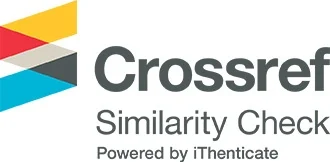Three-Dimensional Presentations of Factorial Experimentation Data of Extrusion – Spheronization
DOI:
https://doi.org/10.65137/lmj.v2i1.21Abstract
Extrusion – spheronization technology is one of the major methods for production of multiparticulates in the pharmaceutical industry. The difficulty in this method is how to develop a formulation which provides high drug load and high yield of product of the desired size. In any spheronization operation, loss of significant amount of the formula to very large fraction or fine fraction is unavoidable. The aim of this work is to analyze the data obtained from 3 X 3 factorial experiment prepared using mixes of microcrystalline cellulose (MCC), ketoprofen, and water at three levels for each factor on production of large pellets, pellets, and fines. The factors studied were water content, spheronization speed, and spheronization time. The product obtained in each experiment was subjected to sieving analysis to three fractions, and the data was analyzed with the use of modified computerized method to allow for immediate analysis of such complex 3 X 3 experiment. The new 3-D plots allow for easy identification of the optimum conditions to allow for the maximum production of pellets and capable of identifying the possible interactions between the factors studied in the experiment. The data showed that the significance or nonsignificance obtained for the studied factors at their respective levels was observed during all the triplicate experiments which may provide for the desired “controlled spheronizationâ€. Based on this work it was concluded that 3-D plots of factorial experiments are of great benefit to formulator than any other 2-D plots, especially in spheronization technology.









